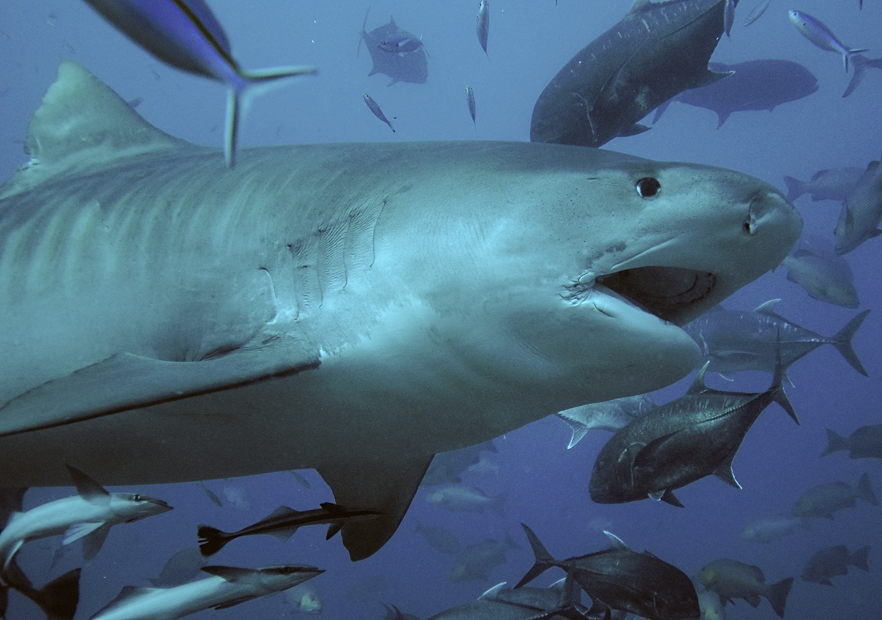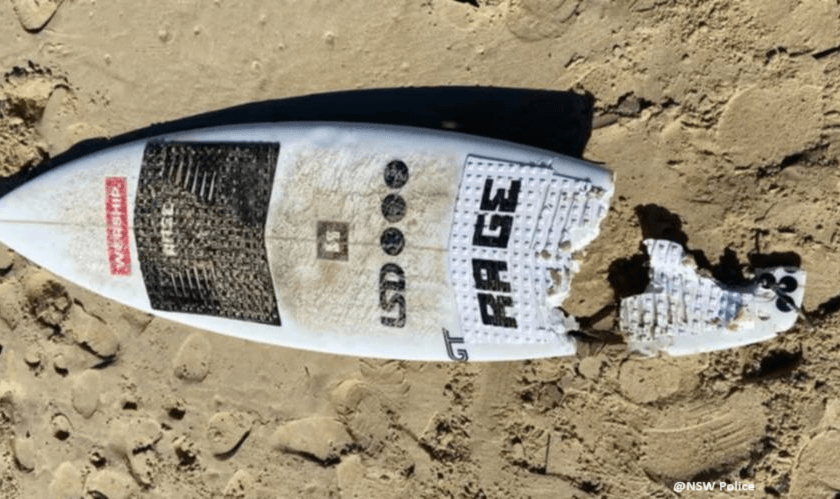In Part 1 of our series, we looked at origins of cage diving and what divers learned from those early expeditions. In Part 2, we visited the history of great white shark dive spots around the world.
Now, in Part 3, we look at the impact of cage diving on great white shark populations.
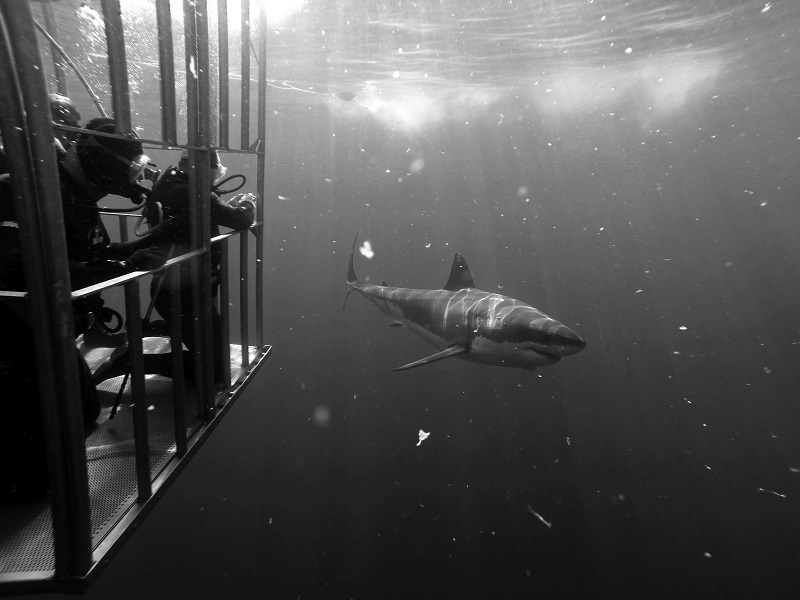
Does the cage diving industry harm great white sharks?
It is difficult to assess whether cage diving has already harmed white sharks in the form practiced up to this time. Injuries to sharks during cage diving are rough handling of the bait when sharks bite in them.
The sharks can get tangled and injured in thick ropes, chains or the steel hulls which bait and cages are attached. They could be injured from poorly designed cages, or from [protruding] sharp metal objects and ship bolts. These injuries can be avoided by careful planning during cage diving.
Today, cage diving with white sharks is strictly regulated. The laws prescribe exactly what baits you can use and what can be used as chum, how much you can use daily, and how to treat the sharks at the boat.
Only natural fish products may be tipped into the sea. Mostly, chum is made of mashed up sardines. “So, no blood, no pig heads, cattle, or mother-in-laws,” Craig Ferreira says with a grin.
These rules were introduced to protect the sharks, the environment and the tourists. Most people believe when chum is in the water, sharks come swimming from miles away. This is absolute nonsense.
Just as we don’t smell the delicious aroma from a restaurant when the wind comes from the wrong direction, sharks are not being lured in by the chum when the current is unfavorable. The only sharks being attracted are the sharks swimming in the chum slick. Sharks which are one kilometer away, or are beyond the chum slick, are not lured to the boat.
Let us look at the facts: White sharks are nomads and swim great distances in the world’s oceans. This means they are never very long in a particular area. They move continuously along the coasts, up and down. They swim hundreds of kilometers out into the open ocean and they even cross oceans.
In the winter months (May to October) white sharks are found around the seal colonies of False Bay, Mossel Bay and Gansbaai. In the summer, the sharks swim into shallow water close to the coast. So, they swim close to our beaches, in close proximity to bathers and surfers—and they have always done so.
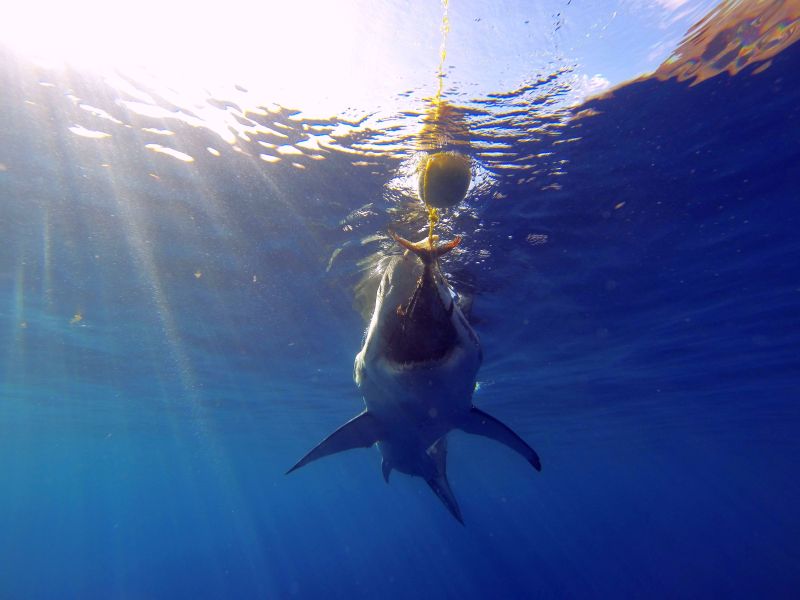
“In the early 1990s, we already analyzed shark migration and were able to demonstrate this behavior. At that time, however, there was still no cage diving in South Africa. Today, studies on the migration of white sharks show the same behavior. As a result, the cage diving cannot have influenced the behavior of the sharks. It does not matter how much chum is poured into the water, or how many baits are hanging on the boats. When the sharks decide it’s time to move, they do,” Craig Ferreira says.
It is often claimed that cage diving is responsible for more shark attacks. This is wrong. Why should cage diving lead to shark attacks? Where is the connection? Some think the sharks associate the people in the cages with food. Even if that were true, how does it fit into the attacks on swimmers and surfers? Why should a shark look at the people in the cages, and then decide to swim to the beach to catch a few surfers? If that were the case, why are there still so few shark attacks?
The numbers would have exploded after the introduction of the cage diving. But they haven’t. Fishermen have been using bait and blood for centuries to lure in predators. Should fishing be prohibited? No, because that has not influenced the behavior of the sharks, either (at least not in regard to shark attacks). Of course, sharks are lured by bait and blood, but that does not mean that they associate humans with food.
There were about a dozen deaths from sharks in the area around Cape Town over the last 20 years, but only two attacks took place during the cage diving season. A 12-meter long (39 ft) boat with six people in a cage looks quite different than a swimmer or surfer.
Everything we know about these animals shows us they are not able to distinguish between humans, the cage and the boat. The shark perceives only a large object. This is the same as for land animals.
Lions cannot distinguish between a jeep and humans. They only recognize a large, foreign object. There is absolutely no evidence that the white shark tourism has led to an increase in shark attacks.
All research shows there is no link between these two points, and thus proves their behavior has not been decisively influenced. (For example, the study by Ryan Johnson / Alison Kock: “South Africa’s White Shark Cage Diving Industry” from 2006, or “A Review of Cage Diving Impacts on White Shark Behavior in New Zealand” by Barry Bruce, 2015). Most doubters have built their opinions through misunderstandings, emotions, false information and ignorance.
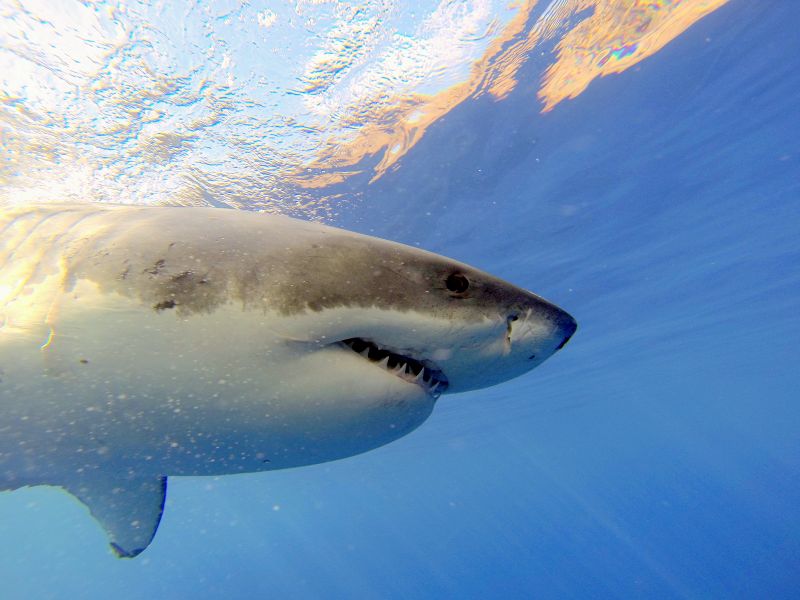
Is shark tourism good for the sharks?
“Yes, it is,” Craig Ferreira says. “This is my firm conviction, and I will explain to you why I think so. The unpleasant reality is people are only interested in the profit. They are motivated by the profit. If we can get something out of a thing for us, we are there.
“While it is usually a moral disadvantage for us, it can also sometimes become an advantage. South Africa was the first country to protect the great white shark in 1991. Through a study, we found that in a single month, 17 white sharks were killed around Dyer Island and sold to fishermen!
“In other coastal cities like Struisbaai, jaws were sold to trophy collectors. That was the situation before South Africa opened to the world. However, the shark tourism has led to the fact that white sharks (and other shark species) are worth more alive than dead.
“Now you could argue that as the sharks are protected, we should better leave them alone and tourism does not play a role for the species conservation. Well, you would be wrong if you thought so. Just consider how important these animals have become for our economy. Although I refer primarily to white sharks, there are many companies that bring tourists to other sharks.”
Today there are a large number of people who depend on sharks because they earn their livelihood with them. If one is so dependent on a thing or a living being because it secures the income, this is an enormous motivation. Everything is done to protect this golden egg.
Shark tourism has positively changed the perception of the people of sharks. Numerous cage divers have been able to observe sharks in their natural habitat. The many documentaries on television about white sharks have enlightened people and, finally, began to destroy the obsolete picture of a blood-thirsty killer.
It has been shown to the world that these predators do not deliberately hunt us and that we can even interconnect with them. Most of the people who go out to sea to see sharks return with a new respect and admiration for these animals. The negative perception of people could be influenced by tourism. The white shark, once the most feared and hated shark of all, now serves as an advertising for shark protection in general.
This concludes our series, How Cage Diving with Great White Sharks Began.
Be sure to check out Scuba diving on Tiger Beach, Bahamas
Christian Kemper is a TV journalist from Germany. He has been diving with and studying sharks for more than 20 years. He has written two books about shark attacks and one book about crocodiles. He is a freelance writer for 3 of the biggest diving magazines in Germany.
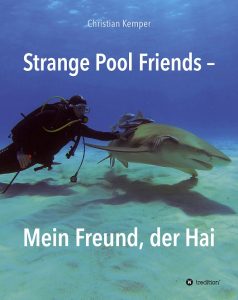
You can find his German language book Strange Pool Friends on Amazon and at https://tredition.de/.
